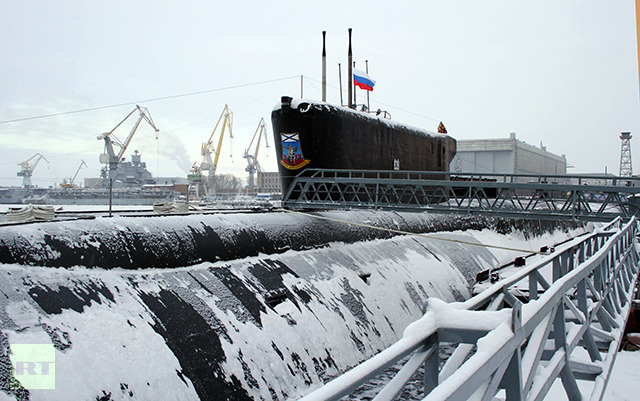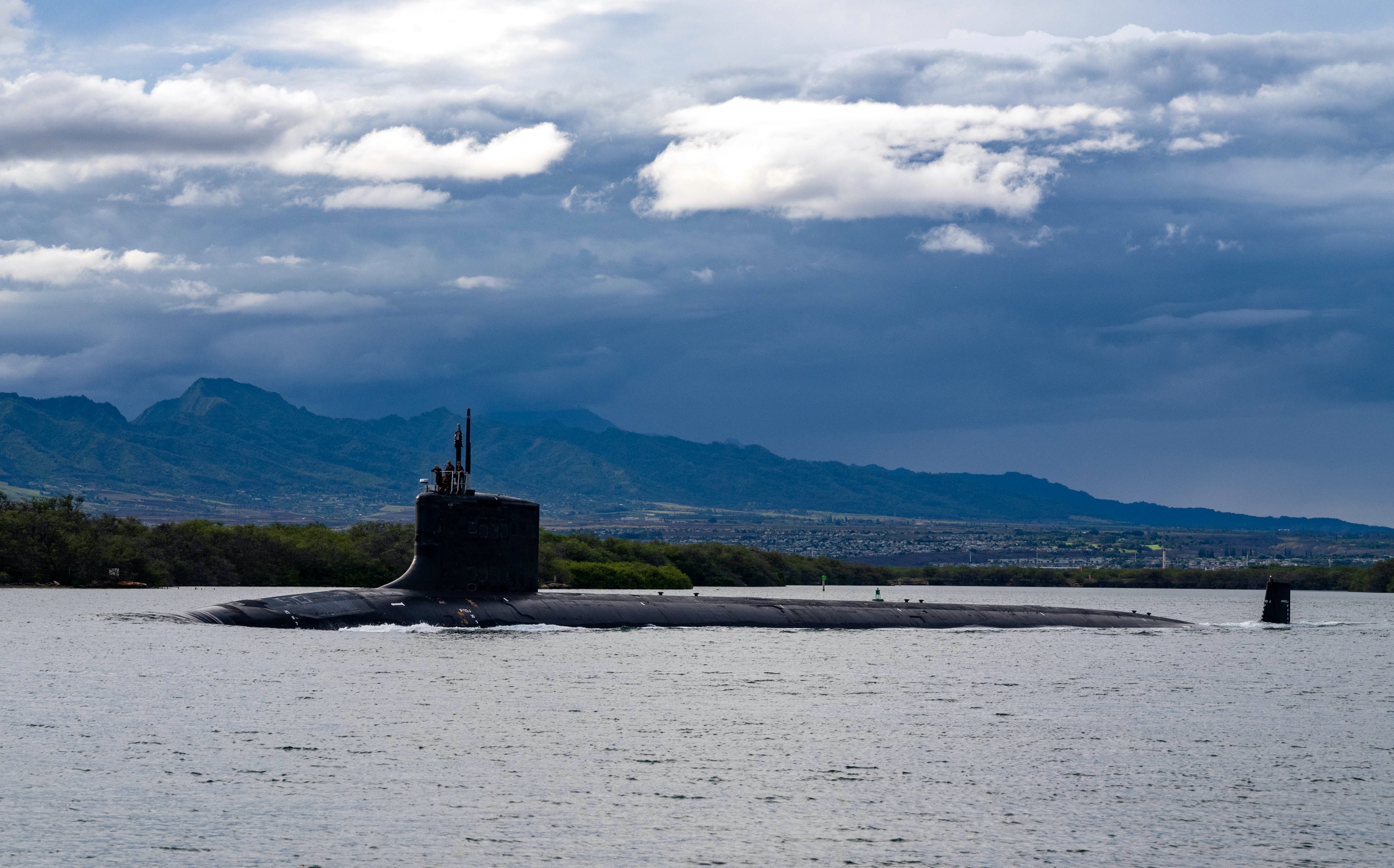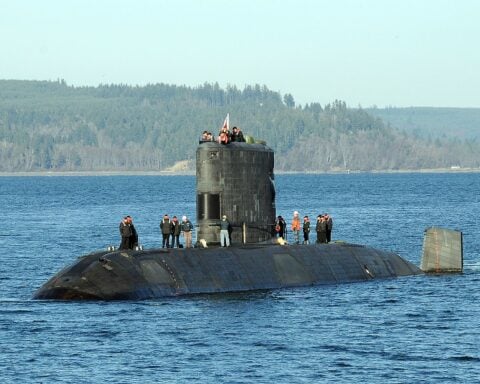The Yuri Dolgoruky, Russia’s newest ballistic-missile submarine, officially entered service in the Northern Fleet on 17 January, completing a long and arduous journey into Russia’s navy. While the submarine is often lumped in with Russia’s aggressive new armaments program, construction actually started back in 1996, when Vladimir Putin was not the Kremlin’s overlord but an obscure bureaucrat serving as deputy chief of the Presidential Property Management Department, and Russia was not an oil-fueled “energy superpower” but a bankrupt economic disaster. A great deal has happened to Russia’s navy since construction of the Dolgoruky began, very little of it good. So while the submarine’s newness has been highly touted—by, among others, a Russian government intent on promoting “modernization”—when viewed in context it’s not nearly so impressive.

It is worth noting that the Dolgoruky will initially serve not to push Russia’s submarine force to a new position of strength, but merely to return it to the levels of December 2011, when the Delta-class ballistic missile submarine Yekaterinburg embarrassingly caught fire while undergoing minor repairs in a drydock near Murmansk. The Yekaterinburg is still under repair, having suffered extensive damage from the fire, and it’s anyone’s guess as to when it will actually re-enter active service. Considering the delays that have repeatedly plagued Russian naval construction, one should be highly skeptical of the official estimate of a 3-4 year timeframe for the submarine’s return. The Borei-class submarines, of which the Dolgoruky is the lead member, costs about $750 million. Compared with the Delta IV-class that has made up the majority of Russia’s strategic submarine forces for the past several decades, the Borei boats are longer (557 feet vs. 549), wider (44 feet vs. 38), and heavier (24,000 tons vs. 18,000). They also reportedly feature an escape capsule capable of holding the entire crew, a design feature that was included in order to avoid a repeat of the infamous Kursk catastrophe. The boats also feature several advances in acoustics and propulsion. By far the most important innovation of the Borei class, though, is its armament: the submarines carry a totally new ballistic missile, the Bulava. The Bulava, with its extremely suspect record of test failures (even the Ministry of Defense admits it has failed eight of 19 tests) has been the main reason for the delays in the Dolgoruky’s entry into active service. Construction on the submarine was actually finished in 2008, but it is only recently that the Russian navy has become confident enough in the Bulava’s effectiveness to put it in front-line service. The Bulava’s development, like the Yuri Dolgoruky’s, stretches to the late 1990s, before Putin became prime minister or president, when Russia’s military was in a state of extreme crisis. While the missile seems to have finally become reliable enough for service, its lengthy development and spotty track record are testament to the difficulties faced by the Russian military-industrial complex even in a high-priority and high-profile sector. So while the Yuri Dolgoruky is new, the majority of media attention has focused on the fact that this is the first new Russian ballistic-missile submarine in 20 years. Like most of the weapons being purchased through the 2020 state armaments program, it is actually based on Soviet designs that are decades old. Because of that, I would argue, it makes sense to view the new submarine as part of a long-overdue refurbishment of the Russian navy rather than as a bellicose and threatening gesture that must be aggressively countered. Dmitry Gorenburg, a researcher affiliated with Harvard’s Davis Center for Russian and Eurasian Studies, has offered one of the clearest and most reasonable evaluations of Russia’s overall program of naval rearmament, saying: The Russian military is clearly focused on modernization and the navy in particular will be getting new ships and submarines over the next few years. Its ability to protect its shores will be greatly enhanced by the new ships coming online during this period. However, it will be at least another decade (i.e., 2030 or later) before it will get the kinds of large combat ships that it will need to have any kind of global presence or significant expeditionary capability. That is exactly right. The Yuri Dolgoruky will help Russia to maintain a nuclear deterrent capability that has suffered an alarming degree of decay and corrosion over the past 20 years, but it hardly returns Russia to the rank of first-rate naval powers. The other Borei class submarines that are coming online in the next several years, the Alexander Nevsky, the Vladimir Monomakh, and the Knyaz Vlaimir, are intended to replace the handful of badly outdated 1970s vintage Delta III’s still in service—not to return the Russian submarine force to its days of glory. The Dolgoruky, then, should inspire neither panic nor dread. It shows that Russia’s navy is making modest progress in recovering from its catastrophic implosion during the 1990s, but the repeated and lengthy delays associated with the Dolgoruky and its primary weapon system show that Russia’s defense industry still has great difficulty in successfully completing even the highest-priority tasks. When one considers how back-loaded the decade-long naval rearmament program is—roughly 70 percent of spending is forecast to occur in the 2016-2020 period—it’s extremely unlikely that the Russian navy will meet its goal of having eight active Boreis by 2020 and virtually impossible that the submarine force will ever return to its peak levels.





